The consumption of panela in Latin America and the world grows every day. Little by little, it becomes more recognized and valued by consumers. However, its existence is not recent, but has a historical tradition.
One of the oldest records says that panela was created in New Guinea, the country where sugar cane comes from. From there, it arrived in Spain thanks to the explorations of the thirteenth and fourteenth centuries. With the arrival of the Spanish empire in America, panela was also introduced to this continent. In 1493 there is the first official record of the entry of Sugar Cane on the Island of Hispaniola in the Caribbean, from the Canary Island. Subsequently, it is recorded that in 1525 sugar engineers were sent to this island, and in 1530 an ordinance was issued for confectioners in Granada, which says “in no preserves or jams, neither to swallow, nor to cover, do not spend sugar or panela, even if it is from the Islands ”. We can deduce that, by that year, the island of Hispaniola was already producing panela.
It is estimated that the arrival of sugar cane and panela to Colombia was in the year 1538 through the Port of Cartagena, from where it extended to the Cauca River Valley, María la Baja, Apulo Valley, Rionegro, Cundinamarca and Boyacá . Not only the sugar cane arrived, but also the mills and milling processes that facilitated the production of panela in Colombia. However, the diffusion of panela production techniques throughout this country began at the end of the 18th century. The person responsible for this was Dr. Jorge Ramón de Posada, priest of the municipality of Marinilla since 1787. This character not only brought cane seeds to Cocorná, but also taught techniques for cooking honey and making Panela. With this, the cultivation of Panela improved in the region and the production knowledge spread not only in that area, but throughout Colombia.
Currently, panela is an important part of Colombian and Latin American gastronomy. It is popular in Venezuela; in Mexico, where it is known as Piloncillo; in Central American countries, such as Papelón; and in countries like Bolivia, Peru and Ecuador, where it is called Chancaca and is part of different recipes of typical dishes.
Sources:
- https://imepex.com/es/index.php/2019/02/12/de-donde-salio-la-panela/
- http://trapichedecarache.blogspot.com/p/la-panela.html
- https://www.elcampesino.co/un-poco-de-historia-sobre-el-proceso-y-produccion-de-la-panela/
- https://viveysientecocorna.blogspot.com/2014/07/origen-de-la-panela-en-el-municipio-de.html






